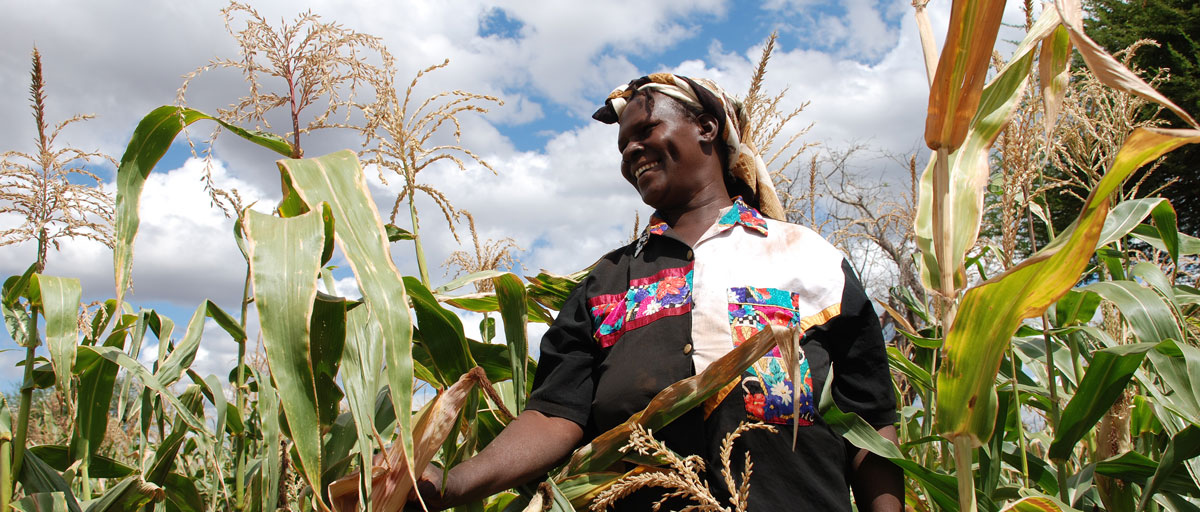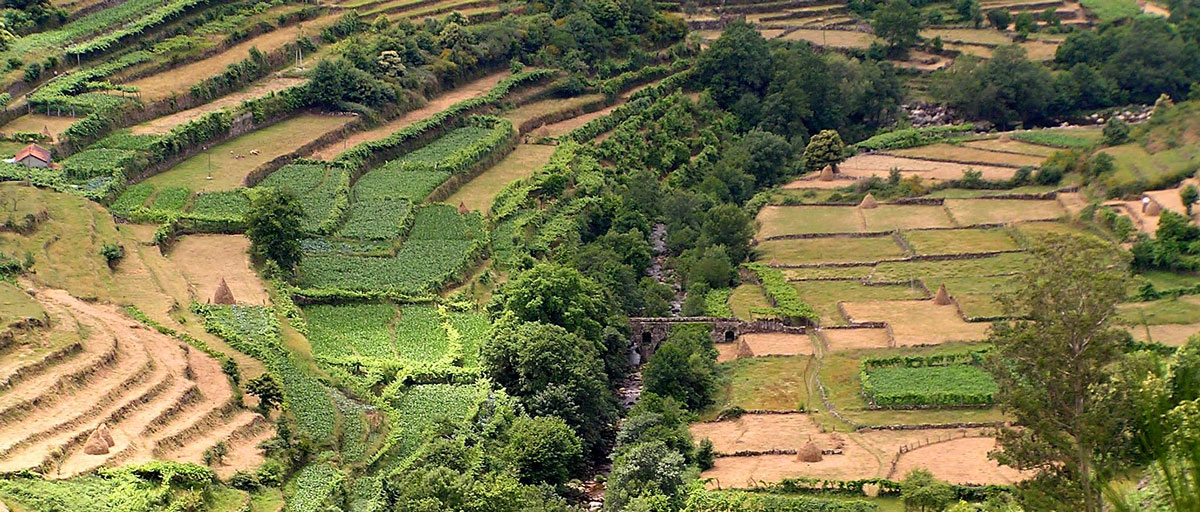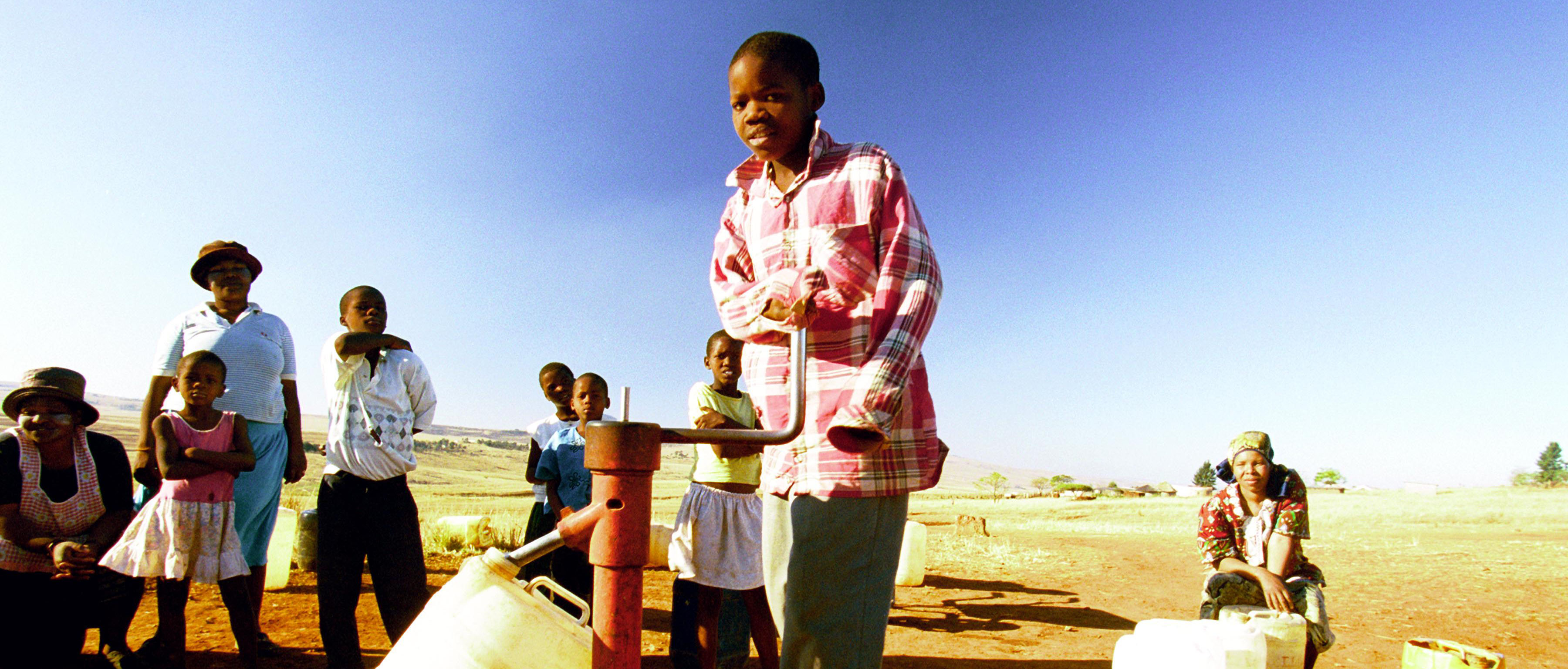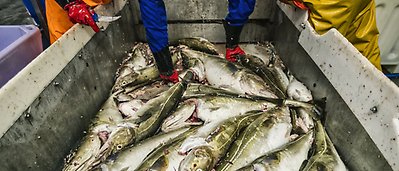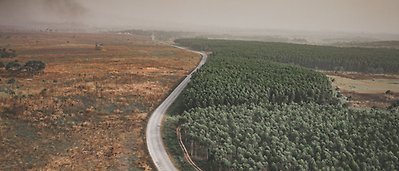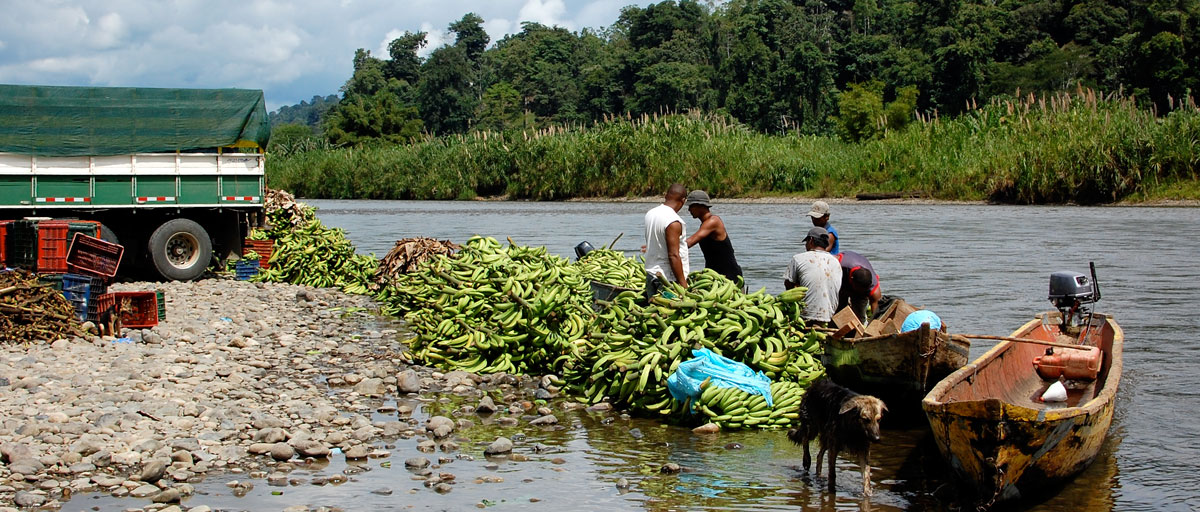
A case study of plantain farmers in Costa Rica shows how they struggle to reap the benefits of their labour. The fruit is sold to both national and international markets but the farmers have little choice but to sell through middlemen who control both the transportation and the prices. Photo: M. Berbes
Bildtext får vara max två rader text. Hela texten ska högerjusteras om den bara ska innehålla fotobyline! Photo: B. Christensen/Azote
ecosystems benefits
Not reaping the fruits
What plantain farmers in Costa Rica can teach us about the inconsistent links between access to ecosystem services and well-being
- Increases in the production of ecosystem services are often not evenly distributed and increases in ecosystem services may not improve well-being of those without access to them
- A case study of plantain farmers in Costa Rica reveals how they struggle to reap the benefits of their labour
- The paper presents a framework to identify how different types of access allow people benefit from ecosystem services
Irony is the form of paradox and paradox is what is good and great at the same time, the German poet Friedrich Schlegel once said.
Tell that to plantain farmers in the Talamanca mountains of the Bribri Indigenous Territory in Costa Rica.
In this region, one of the poorest in the country, a few thousand farmers, produce over half of the plantains in Costa Rica. But they receive limited benefits from their work. The fruit is sold to both national and international markets but, Bribri producers have little choice but to sell through middlemen who control the transportation route to the main markets, about six hours away in the capital city of San Jose. That forces the farmers not only to sell for a lower price (given that there are few buyers compared to many sellers giving middlemen an undue advantage to determine the sale price) but also accept pretty much anything else the middlemen require. One of these requirements is to shift from traditional to conventional farming.
In the traditional system, plantain’s are farmed using manual labour and simple, affordable tools such as machetes. Pests are controlled by managing shade to prevent their proliferation. Conventional farming on the other hand, requires additional tools and support. Agrochemicals, including organophosphates, are used to keep pests away. These materials not only cost money, but also require knowledge and skills on how to use them safely and efficiently. Enter the middlemen.
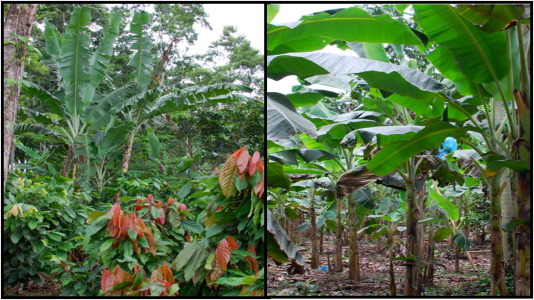
Differences between agricultural systems in the Bribri Indigenous Territory. On the right: conventional agriculture as small-scale monocrops. On the left: traditional agriculture combining plantains, cocoa, fruit trees and other species. Source: Berbés-Blázquez.
Large-scale and unsophisticated
This group, usually outsiders to the territory and generally non-Indigenous, strongly prefers to purchase conventionally-grown plantains, often simply because their peels look lighter and are free of black spots and thus sell better. The middlemen are eager to finance the farmers’ switch to conventional agriculture in exchange for tighter control of their harvest. The consequence of this switch is a slow erosion of indigenous traditions. The Bribri fear that traditional knowledge will eventually become inaccessible for future generations.
The situation in the Bribri territory is the focus of a study recently published in Ecosystem Services by centre researcher Garry Peterson and colleagues. It takes a closer look at whether large-scale, aggregate assessments of ecosystem services can guide efforts in resource-dependent communities aimed at increasing human well-being. The short answer, according to the authors, is no, because they lack resolution to identify barriers that stand in the way of farmers reaping the benefits of their labour.
Link to publication
Request publication
Our work provides a framework to identify how social factors shape the benefit different people receive from nature
Marta Berbés-Blázquez, lead author
Highlight the trade-offs
The authors hope that their work will be used allow assessments of ecosystem services to better identify how changes in ecosystems can and could improve the well-being of different groups of people.
"Understanding the logic under which ecosystem users operate is crucial,” says co-author and centre researcher Garry Peterson.
"No intervention aimed at alleviating poverty and reducing vulnerability can work otherwise," he says.
In the case of the Bribri farmers, interventions geared at increasing plantain yields through intensification will benefit those farmers who require money versus the desire of Beribir to maintain their tradition and cultural identity. “There may be two pathways to building well-being and interventions need to consider both,” Marta Berbés-Blázquez argues.
The authors of the study believe that the approach they used to analyze the Bribri case is transferable to similar situations elsewhere.
"Our research shows that an understanding of access to ecosystem services in resource dependent communities can identify who benefits from nature and possible interventions to better share those benefits," they conclude.
Methodology
A number of methods can be used to analyze access to ecosystem services. They included participant and/or field observations qualitative interviews, surveys, review of secondary sources, ethnographic approaches and mixed methods approaches. In this study, field observations were conducted through several short stays (1–2 weeks at a time) between June and November 2012. Typical community spaces that were visited during these stays included grocery stores, family restaurants, agricultural farms, cooperatives, sport events, and people’s homes. Notes and personal reflections were recorded daily while in the field and insights from these inform the analysis below.
Berbés-Blázquez, M., Bunch., M., Mulvihill, P.R. et.al. 2017.Understanding how access shapes the transformation of ecosystem services to human well-being with an example from Costa Rica. Ecosystem Services, online 26 October 2017. DOI: 10.1016/j.ecoser.2017.09.010
Garry Peterson is professor in environmental sciences with emphasis on resilience and social-ecological systems at the Stockholm Resilience Centre. His research combines three themes: abrupt systemic change, how ecological changes impacts people, and using futures thinking to improve navigate surprising social-ecological change. He is head of subject for the centre’s Sustainability Science PhD programme.
